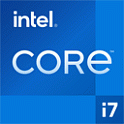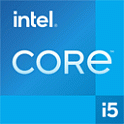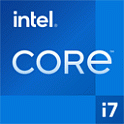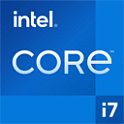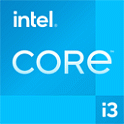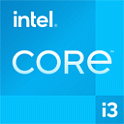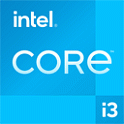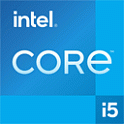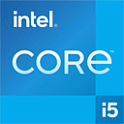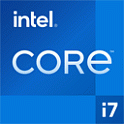 Intel Celeron J1800
Intel Celeron J1800
 AMD E1-2500
AMD E1-2500
Comparision Intel Celeron J1800 vs AMD E1-2500
Grade
Top specs and features
Passmark test
Power Consumption (TDP)
Technological process
L1 cache size
L2 cache size
Description
The Intel Celeron J1800 processor runs at 2.41 Hz, the other AMD E1-2500 runs at 1.4 Hz. Intel Celeron J1800 is able to accelerate to 2.58 Hz , and the second to 1.4 Hz. The maximum power consumption for the first processor is 10 W, and for AMD E1-2500 15 W.
In terms of architecture, Intel Celeron J1800 is built using 22 nm technology. AMD E1-2500 on the 28 nm architecture.
Relative to processor memory. Intel Celeron J1800 can support DDR3. The maximum supported size is 8 MB. It should be noted that the maximum memory bandwidth is There is no data. The second processor AMD E1-2500 is capable of supporting DDRThere is no data. The throughput is There is no data. And the maximum amount of supported RAM is There is no data MB.
Graphics. Intel Celeron J1800 has a graphics engine Intel HD. The frequency of which is - 688 MHz. AMD E1-2500 received video core AMD Radeon HD 8240. Here the frequency is There is no data MHz.
How processors perform in benchmarks. In the PassMark benchmark, Intel Celeron J1800 scored 531. And AMD E1-2500 scored 627 points.
Why AMD E1-2500 is better than Intel Celeron J1800
- Power Consumption (TDP) 10 W против 15 W, less by -33%
- Technological process 22 nm против 28 nm, less by -21%
- Maximum processor frequency 2.58 GHz против 1.4 GHz, more on 84%
- Max. number of memory channels 2 против 1 , more on 100%
- CPU base clock speed 2.41 GHz против 1.4 GHz, more on 72%
Intel Celeron J1800 vs AMD E1-2500: highlights


Test results
Technology
Performance
Memory specification
Interfaces and communications
Main characteristics
FAQ
Can Intel Celeron J1800 and AMD E1-2500 work in 4K mode?
Intel Celeron J1800 - There is no data. AMD E1-2500 - There is no data.
How many PCIe lanes
Intel Celeron J1800 - 4. AMD E1-2500 - There is no data.
How much RAM does it support?
Intel Celeron J1800 supports 8 GB. AMD E1-2500 supports There is no dataGB.
How fast are the processors?
Intel Celeron J1800 operates on 2.41 GHz.4 GHz.
How many cores does the processor have?
Intel Celeron J1800 has 2 cores. AMD E1-2500 has 2 cores.
Do processors support ECC memory?
Intel Celeron J1800 - doesn't have. AMD E1-2500 - There is no data.
Does Intel Celeron J1800 have embedded graphics?
Intel Celeron J1800 - Intel HD. AMD E1-2500 - AMD Radeon HD 8240
What kind of RAM is supported
Intel Celeron J1800 supports DDR3. AMD E1-2500 supports DDRThere is no data.
What is the socket of the processors?
Using FCBGA1170 to set Intel Celeron J1800. FT3 is used to set AMD E1-2500.
What architecture do they use?
Intel Celeron J1800 is built on the Bay Trail architecture. AMD E1-2500 is built on the Kabini architecture.
Is the Intel Celeron J1800 CPU multiplier unlocked?
Intel Celeron J1800 - doesn't have. AMD E1-2500 - doesn't have.
How do processors perform in benchmarks?
According to PassMark, Intel Celeron J1800 scored 531 points. AMD E1-2500 scored 627 points.
What is the maximum frequency of processors?
Intel Celeron J1800 has a maximum frequency of 2.58 Hz. The maximum frequency of AMD E1-2500 reaches 1.4 Hz.
How much energy do they consume?
The power consumption of Intel Celeron J1800 can be up to 10 Watts. AMD E1-2500 has up to 10 Watts.









